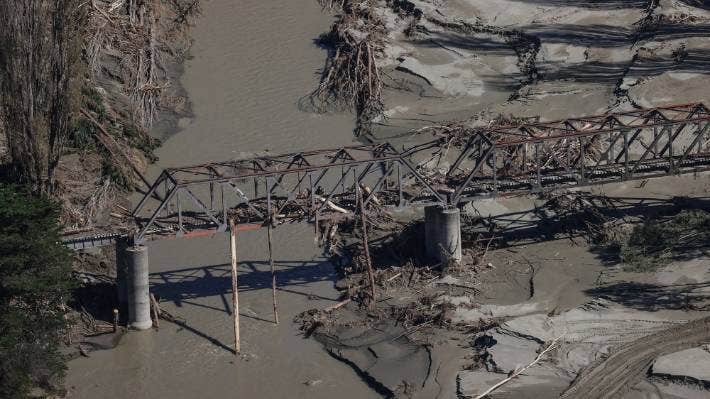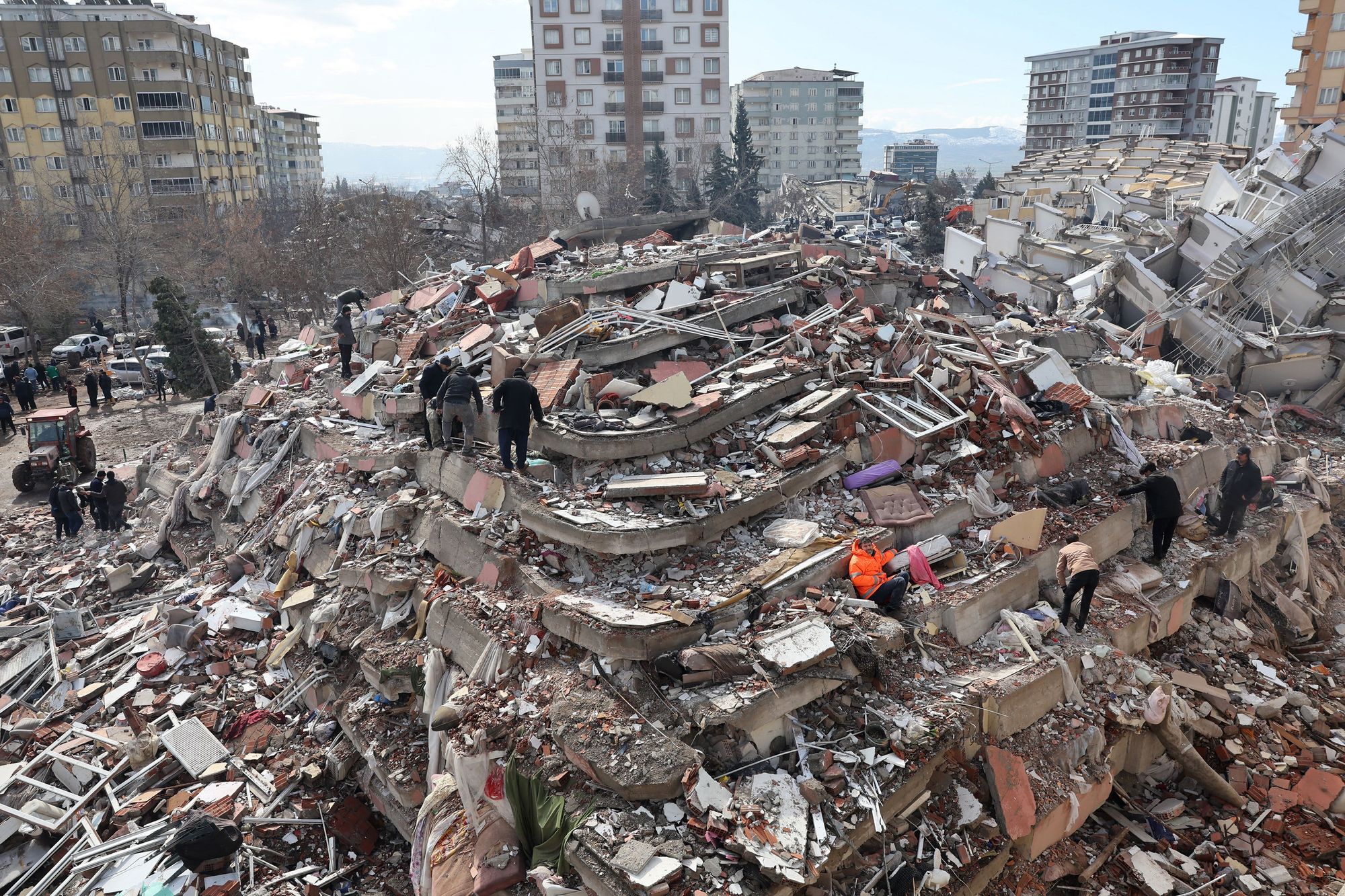You've seen what can happen, but are you prepared?
We're only a few months into 2023, and it would be fair to say, a large part of the country has copped a fair beating from natural disasters already. We've all seen the devastating footage and heard the stories, and a fair few of us will know some who have been badly affected. The costs and recovery from this event are going to be significant for both businesses, in which some may never recover and also homes where some will never return.
Disasters are weird. Some give you fair warning and time to prepare, like Cyclone Gabrielle (for some it wasn't enough). Others literally strike out of the blue and immediately thrust you into response mode.

We should all understand by now, it's not if a disaster will happen, but when.
Recovery is the most important element of DR planning. Well before a disaster strikes, define your recovery time and recovery point objectives. Consider the following when mapping out your recovery goals:
- Identify critical systems and the order in which they should be recovered.
- Understand when to recover individual data versus full system recovery.
- Determine how much downtime you can afford to endure in a worst-case scenario.
- Estimate a timeframe for how fast your data and systems need to be recovered.
- Designate responsibilities and upskill your staff where required.
Do a DR Test
You've taken backups right? Have you tested them? Are they any good? Do you even check them? Have you done a DR Test recently? Doing a DR Test makes sure your backups can actually be restored following a disaster—which is when you need them most! Some might choose to do a DR test once a year, and I don't think this is nearly enough. Your IT systems will change a lot in the space of a year, you'll have staff turnover, new customers, new apps, etc etc
- A regular schedule that outlines how often tests should be conducted
- Drills that simulate the recovery process in real-time exercises
- Evaluation of test results to identify potential problems with the recovery process and determine what led to failures.
- Thorough analysis to determine what worked, what didn't work, and which parts of the plan need to be redesigned or tested again.
Review the Process
Following a disaster and once business operations have resumed, review the implementation of your disaster recovery plan from top to bottom. This is your opportunity to assess how well your team responded and highlight areas that could possibly be improved.
- What caused the disaster?
- Did your team follow the plan accordingly?
- What went well, what didn't?
- Are there any ongoing issues that need to be addressed?
- How can you improve your plan for future DR scenarios?
Document Your Disaster Recovery Checklist
A disaster recovery checklist is a starting point for creating an organized blueprint for responding to a crisis. More than anything, it assures that no stone is left unturned along your road to recovery. Document it, keep it handy, and it could be instrumental in making sure your business is up and running with minimal disruptions when the next disaster rolls around.

At Home
Are you ready? Do you have a supply of fresh water, food, lighting, your medication, the needs of your family covered off, your pets, an evacuation plan, any plan for that matter.
Now is a good time to do a stock take of all the above, while it is still fresh in our minds. Because as you have seen, shit happens and its not always to other people or in other countries. One day it's going to be on your front doorstep.
Check out Civil Defence and give yourself a refresher.
